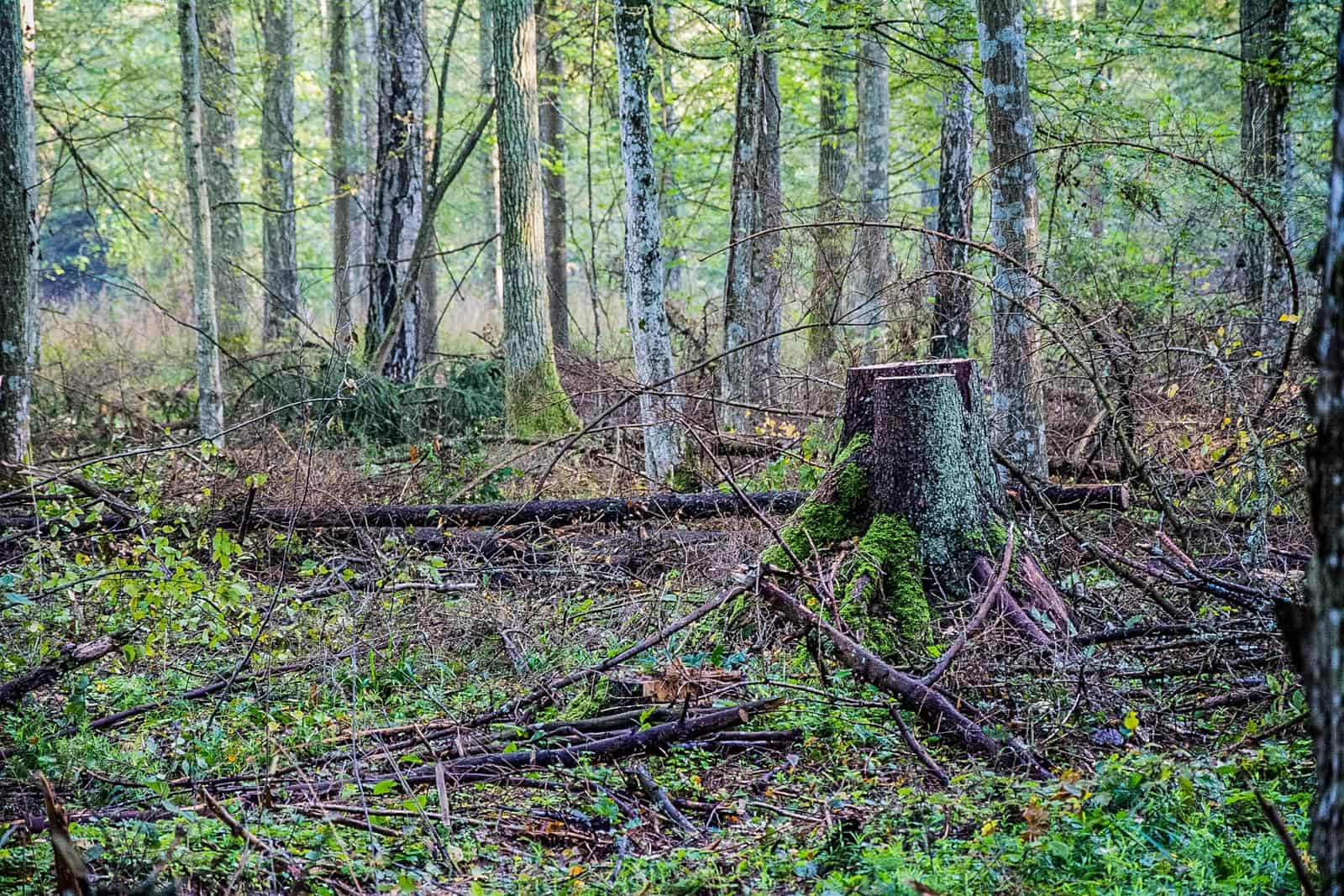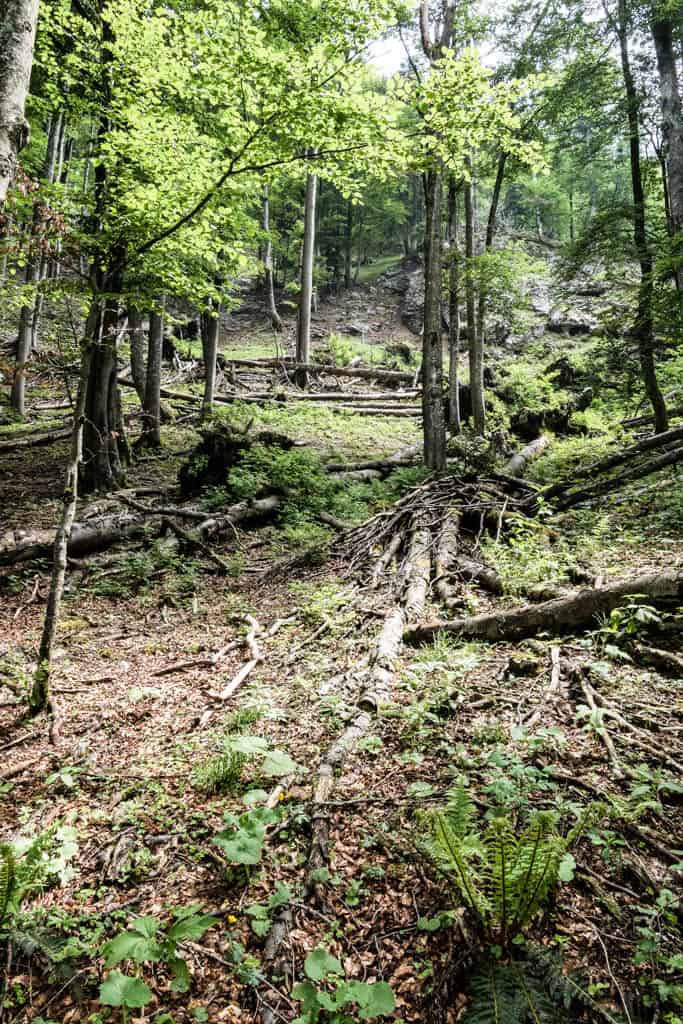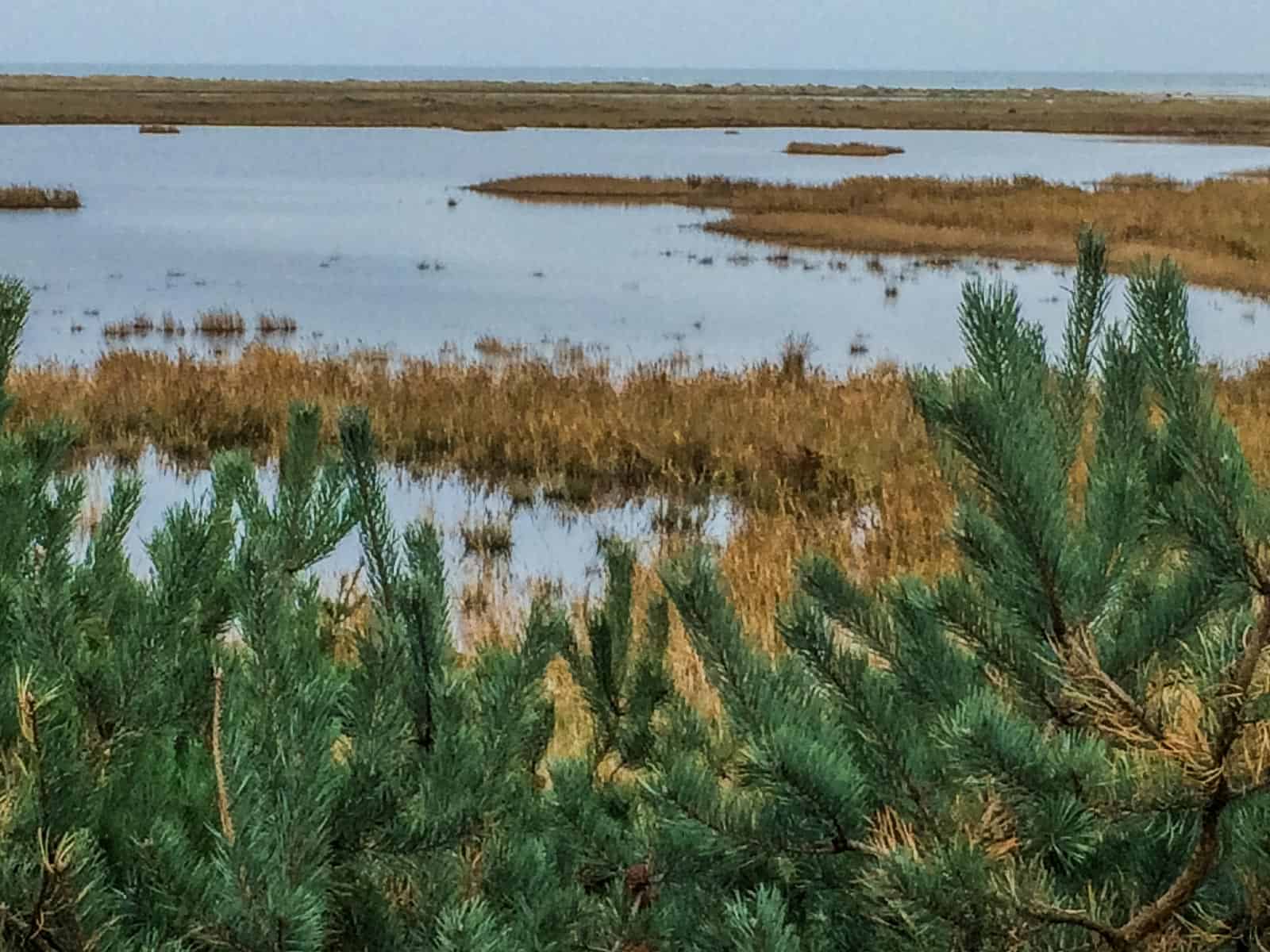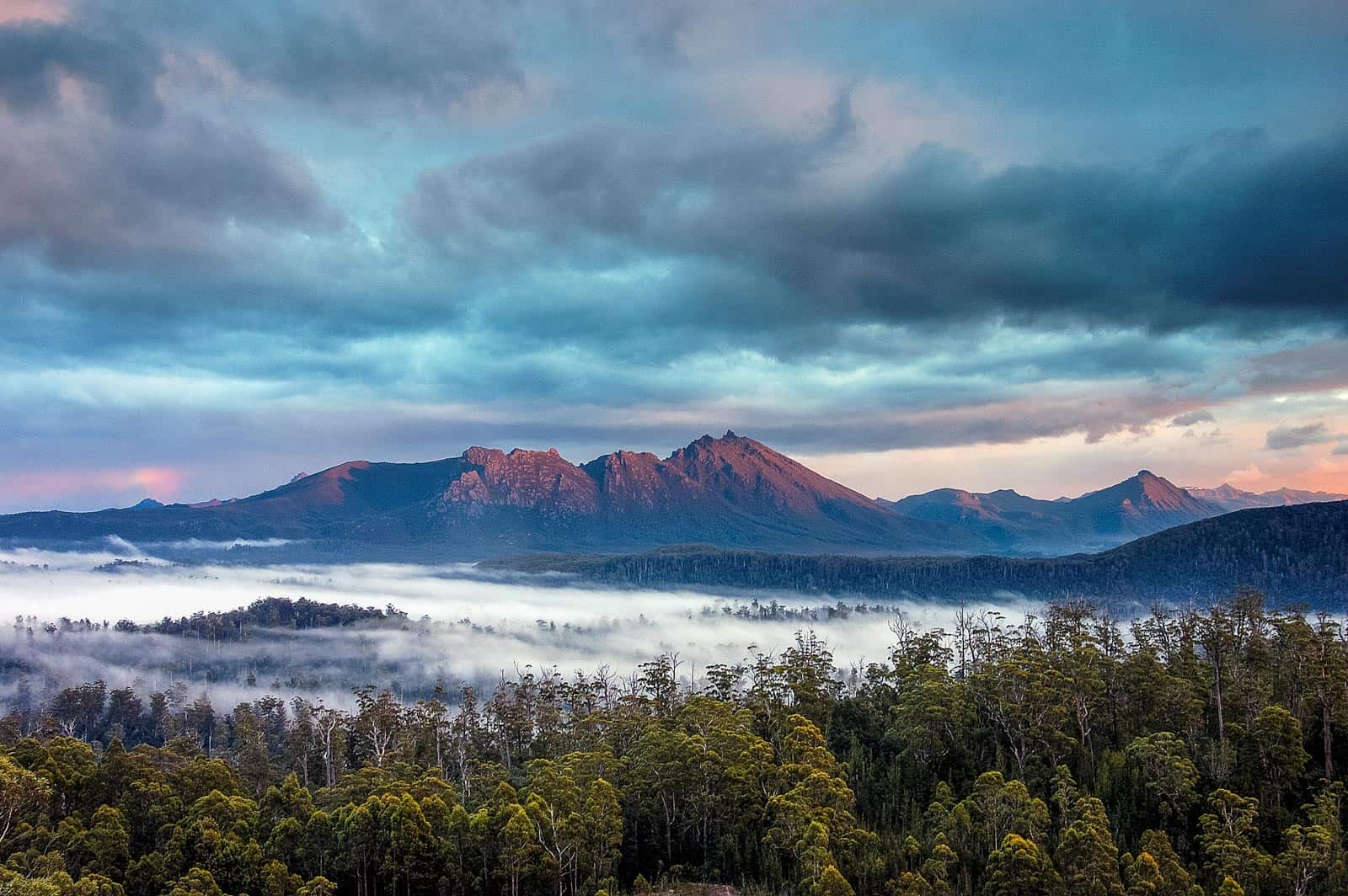Is there still Wilderness potential in Pirin?
On 17th of January 2019 a Court decision in Bulgaria prevented the enlargement of the ski resort in the Pirin Mountains. This way this unique area came closer to become a partner of the European Wilderness Network.
Please also read: A second chance to Pirin Wilderness
Value of the Pirin National Park
Pirin National Park, originally named Vihren National Park, contains the larger part of the Pirin Mountains in south-western Bulgaria and covers an area of 40 356 ha . It is one of only three national parks in the country. The park was established in 1962 and its territory was expanded several times since then. The Park was declared a UNESCO World Heritage Site in 1983. The Pirin´s altitude varies from 950 m to 2 914 m. 60% of the park is covered by forests hosting trees up to 130 years old. 118 glacial lakes are located on the territory of Pirin, the largest and the deepest of them is Popovo Lake.
The park is also a part of the European Union’s Natura 2000 network of protected areas, and its ecosystem contains more than 1 300 plant species, 45 mammal species and more than 150 bird species. Pirin generates economic value through ecosystem services and tourism activities.
Ski resort damages
The Pirin National Park territory was expanded several times until in 1999 it reached its current size of 40 356 ha. Simultaneously with its enlargement, the park was threatened more and more from logging and ski resort development. The problems in the Park started in 2001 with the permission to enlarge the ski zone Bansko. Concession for the development of ski activities inside the National Park was given to an offshore investor.
In 2010, the UNESCO excluded the ski areas above the towns of Bansko and Dobrinishte from the World Heritage site. The areas have been labeled as “buffer zones” to the heritage site, due to the damage and destruction caused by construction around the Bansko ski zone. The installation of the facilities led to the clearance of more than 160 ha of forests, including old trees aged between 120 and 300 years.
As Agence France Presse informs, a December 2017` decision of the Bulgarian government concerning changes to the Park´s Management Plan opened up 48% of the park’s 40 000 hectares (almost 100 000 acres) of majestic pine forests to potential construction of new ski runs and lifts in the Bansko ski resort.
I remember, when the Bansko used to be a small village at the foothill of Pirin Mountains. I visited and studied this area already in 1975 and several times afterwards. I know its Wilderness Potential and therefore this ski-resort development hurts me.

International support FOR THE NATURE
A coalition of NGOs named “For the Nature” put a lot of efforts to protect Pirin National Park from destruction. In November 2016, WWF launched an international campaign in support of Pirin National Park. More than 125 000 people from all over the world have signed the WWF petition to Bulgaria’s Prime Minister Boyko Borisov to protect the Pirin World Heritage site and its pristine wildlife.
The current state of the long-running fight for Pirin is that Bulgaria’s supreme administrative court overturned the controversial changes made by the government to the management plan of Pirin National Park
in December 2017. And this is a ruling that cannot be appealed. The court based its ruling on sections on the law on protected areas that “allows only maintenance, not the construction of new sports facilities in the national parks”.
Slippery Slopes
In 2018 WWF released a report “Slippery Slopes: Protecting Pirin from unsustainable ski expansion and logging”. In the report the values, Tthreats and solutions for a sustainable future of the Pirin were underlined. Among other, the report states, that the Bulgarian Ministry of Environment and Water has approved Pirin’s new draft management plan without subjecting it to a strategic environmental assessment. Therefore, the ministry’s decision became a subject of dispute in court because it ignores the Bulgarian Environmental Protection Act and the Biodiversity Conservation Act.
A strategic environmental assessment must be conducted and, as a result, the management plan should be updated to remove any allowances for construction and logging inside the national park and World Heritage site. If not, Pirin could be inscribed as “in Danger” on the List of World Heritage as a consequence of the irreversible threat to its outstanding universal value.
Public involvement and Environmental Assessment
Pirin´s case is one of many examples of conflicts between often illegal, huge ski resorts constructions and the enlargement and protection of the last unique biodiversity in Central and Eastern Europe. Very often, despite of international agreements, the obligation to conduct a proper Strategic Environmental Assessment is ignored.
Recently the European Wilderness Society informed about such a case in the Ukraine. The initiative Group FREE Svydovets fights against the construction of the huge recreational complex Svydovets in the Carpathians. Recently the Group invited the parties of the Carpathian Convention to support a proper conduction of the Environment Impact Assessment of this recreational complex construction.
These cases also confirm the importance of the concerned community participation in the decision-making processes regarding such significant natural areas as Pirin or Svydovets.
Wilderness future
As was mentioned many times, Pirin National Park still has an extremely high Wilderness potential. It is seen as one of the most important protected areas in Europe. There are also other alternatives for the sustainable development of the region, providing various benefits for locals, but also ensuring the protection of the unique nature.
One day we would be happy to promote Pirin Wilderness as a partner of the European Wilderness Network! Hopefully after the recent court decision human interventions into its still existing Wilderness will be stopped and our future generation will get a chance to enjoy the beauty of intact nature!










